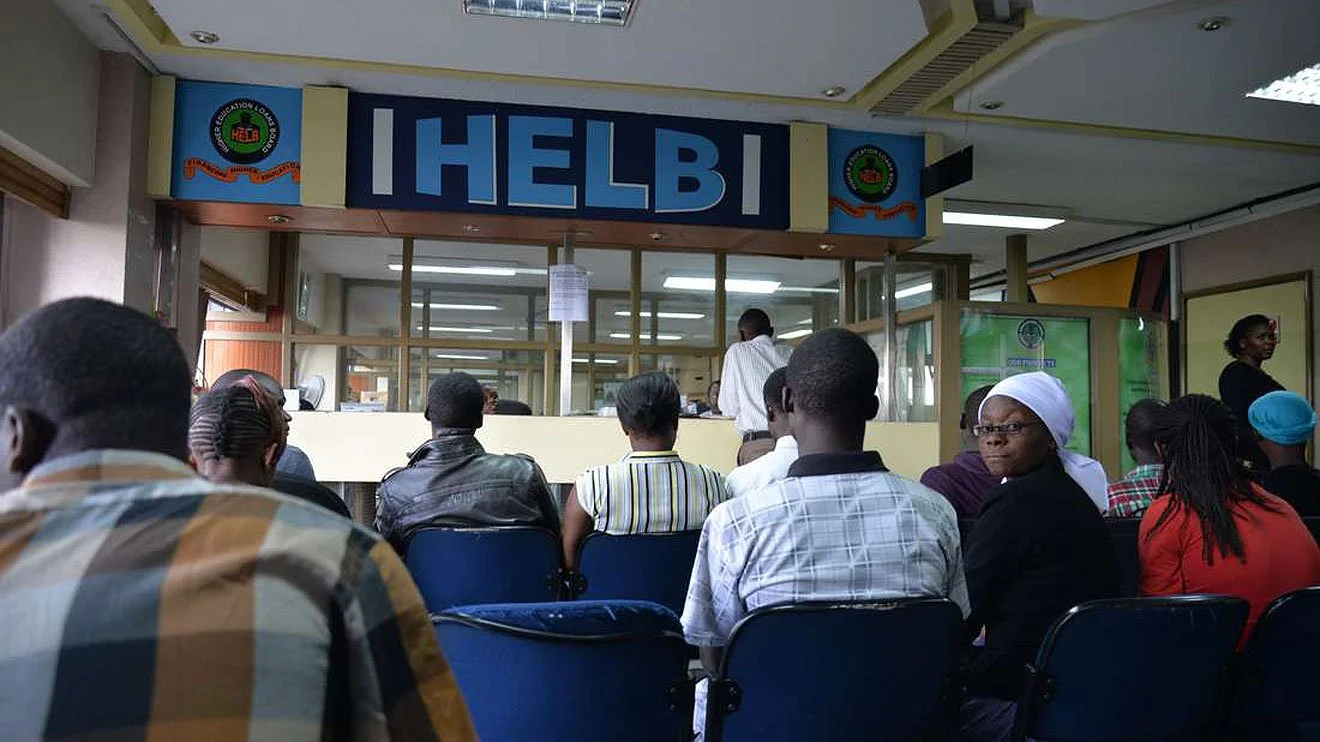Kenya’s higher education financing has changed a lot in recent years. Initially the Differentiated Unit Cost (DUC) model had government funding based on the cost of courses. Then the Variable Scholarship and Loan Funding (VSLF) model was introduced to fund based on students’ needs. Recently the High Court through Justice Chacha Mwita ruled VSLF model as unconstitutional for lack of public participation and now we have further adjustments.
University Funding Models in Kenya
1. The Original DUC Model
- Students received government funding based on the cost of their university programs.
- Funding was allocated to universities and students had little say in the financial aid distribution.
2. VSLF Model
- Introduced to offer needs-based funding.
- Students were categorized into four groups based on financial need: Vulnerable, Extremely Needy, Needy and Less Needy.
- Funding was through a mix of government scholarships, HELB loans and household contributions.
- Later this model was revised to add five funding bands.
The New University Funding Model
The reviewed model now categorizes students into five funding bands. Chiefs and local pastors play a role in categorizing students through the Means Testing Instrument (MTI) developed by HELB. The MTI considers the following parameters:
- Parental background
- Gender and course of study
- Type of school attended
- Family size and composition
- Marginalization and disability status
Funding Breakdown
| Band | Scholarship (%) | HELB Loan (%) | Household Contribution (%) | Upkeep Boom (KES) |
|---|---|---|---|---|
| Band 1 (Vulnerable) | 70 | 25 | 5 | 60,000 |
| Band 2 (Extremely Needy) | 60 | 30 | 10 | 55,000 |
| Band 3 (Needy) | 50 | 30 | 20 | 50,000 |
| Band 4 (Less Needy) | 40 | 30 | 30 | 45,000 |
| Band 5 (New Category) | 30 | 30 | 40 | 40,000 |
Eligibility and Application
- All students who score C+ and above are eligible to apply for government scholarships.
- Students in private universities are not eligible for government scholarships but can access HELB loans.
- Government will fund based on merit, need, national priorities and affirmative action policies.
- Key Changes in the Reviewed Model
- All bands (1-5) are eligible for scholarships and HELB loans.
- Every household will contribute a certain percentage of tuition fees.
- Students will get an “Upkeep Boom” allowance to support living expenses.
Conclusion
The move from DUC to VSLF is a big change in Kenya’s higher education financing. The reviewed model ensures all students get funding based on their background, balancing government support, student loans and household contributions.
With clear guidelines and digital systems for application and verification, the new model will make university education more accessible and fair to Kenyan students. Applicants should know their eligibility and funding options when applying for government scholarships and HELB loans.




